Climate change has put Western Canada’s glaciers on track for devastating loss over the coming decades, with the southern half of B.C. expected to lose nearly 75 per cent of the alpine ice — even if warming stops today, a new study has found.
The planet has so far warmed an average of about 1.2 degrees Celsius above pre-industrial temperatures. If that increase climbs to 1.5 degrees C, 81 per cent of Western Canadian and U.S. glacier mass would melt, according to the study published Thursday in the journal Science.
Western Canada’s glacier loss rises to 98 per cent — near annihilation levels — if Earth’s average temperatures rise 2.7 degrees C by the year 2100, the researchers found.
Harry Zekollari, the study’s lead author and a glaciologist at Belgium’s Vrije Universiteit Brussel, said the international research team used eight glacier computer models to analyze the potential long-term evolution of the year-round ice.
The results painted a dire picture for the world’s glaciers, as the planet has already locked in enough warming to melt 40 per cent of the Earth’s year-round ice by the end of the century. Zekollari said they expect even more striking losses in places like B.C.
“The committed loss is almost 80 per cent,” Zekollari said. “So our results indicate that, unfortunately, most of the glaciers in Western Canada are doomed to be lost even without any additional warming.”
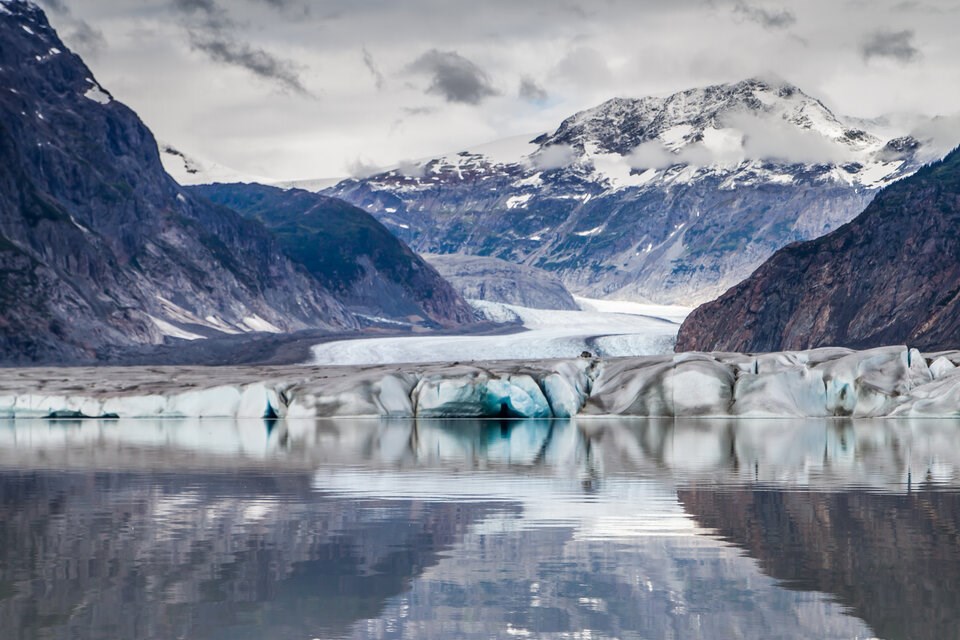
The researchers suspect the relatively higher level of loss in Western Canada is due to a limited range between the lowest and highest reaches of glaciers in the region. That leaves many of the region’s glaciers unable to retreat farther up mountains.
The study also found glaciers in Canada’s southern Arctic face a serious prospect of near annihilation in the coming years, making it one of the “worst regions on Earth” to be a glacier, said the glaciologist.
“They’re relics of the past,” Zekollari said.
'A small hope'
Lilian Schuster, who co-authored the study out of Universität Innsbruck in Austria, said that while the potential for preserving glacier ice in Western Canada was much lower than in other regions, “a very small fraction” could still be preserved under ambitious climate targets.
Even if warming were to stop now, roughly three-quarters of the region’s glacier mass would eventually be lost, she said.
“That said, there is still a small hope: Under very ambitious climate mitigation efforts, some glacier ice could still be saved,” added Schuster in an email.
Past research has found that almost two million people around the world depend on glaciers and their runoff for agriculture, washing and drinking.
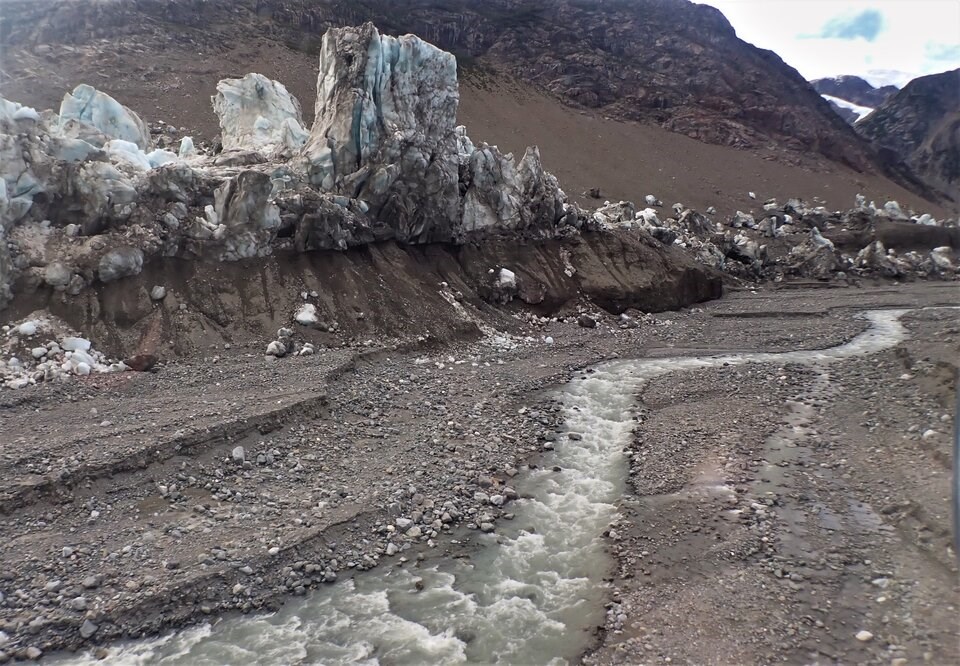
Canada is covered in more than 200,000 square kilometres of glacial ice, making it the most glacierized country in the world.
But that ice has been quickly disappearing. Between 1985 and 2020, more than 1,100 glaciers disappeared in B.C. and Alberta, and the rate of loss has only accelerated in recent years.
As they melt, glaciers can destabilize landscapes, triggering landslides, floods, and in some cases, devastating mountain tsunamis.
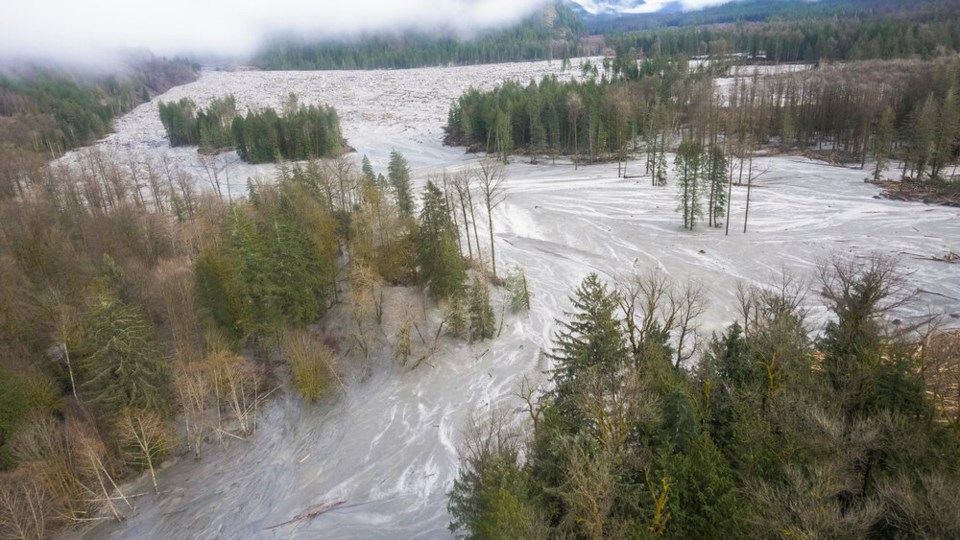
Brian Menounos, a glaciologist with the University of Northern British Columbia who wasn’t involved in the research, said the study offers robust evidence and backs findings from previous studies showing glaciers are not long for Western Canada.
“It’s a credible perspective,” he said. “At 2.7 C, there’s not going to be a lot of ice left in the Interior and Rocky Mountains. These are small glaciers. They’re not in good shape.”
He noted the way experts have carved up the world to analyze glaciers means the results apply to both the lower half of B.C. and the U.S. northwest. Northern B.C. is lumped in with Alaska, a region where glaciers are expected to fare relatively better.
Hydro, tourism and environment to face seasonal threat from glacier loss
It’s not fully clear how losing so much glacier ice would affect B.C.’s environment, economy and even identity.
Glacier ice feeds a vast array of tributaries across B.C., keeping mountain rivers cool, especially in the late summer heat.
They also play a seasonal but vital role in helping to keep some of the province’s hydroelectric and drinking water reservoirs full.
The province’s utility BC Hydro has been trying to understand how melting ice will affect its operations for the past 25 years. That’s meant working with scientists to estimate how much water melts from glaciers and flows into the utility’s reservoirs across the province, said spokesperson Saudamini Raina.
Raina said glacial meltwater feeding BC Hydro reservoirs has increased over the past 50 years and currently contributes about three per cent of the water used to create hydroelectricity across the province.
“Much of this comes from the upper Columbia region of the province where the glacier contribution to BC Hydro’s water supply is the largest,” Raina wrote in an email.
According to the North Cascade Glacier Climate Project, hydropower accounts for about 90 per cent of B.C.’s electricity generation. But in the Columbia River Basin — one of the largest sources of the province’s hydroelectric power — glaciers contribute 10-20 per cent of annual flow and up to half of summer flow.
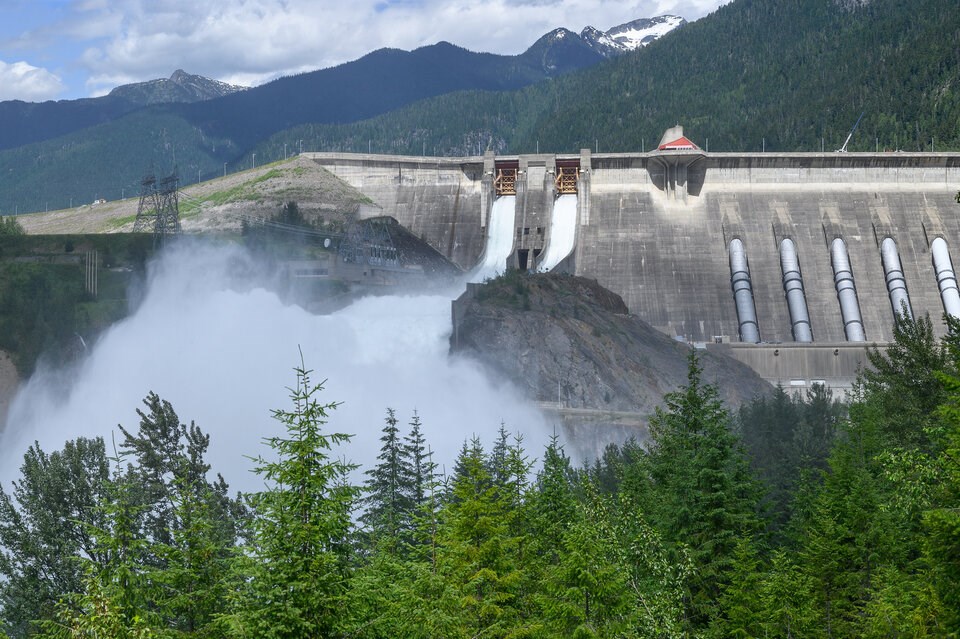
Climate projections suggest B.C. will see warmer and wetter weather over the coming decades. But that will also come with greater swings in how much water makes it to BC Hydro’s reservoirs — more water is expected in the winter and early spring, but less in the summer, Raina added.
The spokesperson said BC Hydro can manage the shifts and optimize its operations as it learns more about the impacts of climate change.
For Doug Washer, CEO of Head-Line Mountain Holidays in Whistler, ice forms the core of his business. For more than a decade, that’s meant flying in film crews and tourists to explore the electric blue ice cave of the Pemberton ice fields.
But in recent years, he said the ice fields are turning into “chunks of Swiss cheese” — every time one fissure or hole opens up, it lets more water and heat in, leading to a vicious melting cycle.
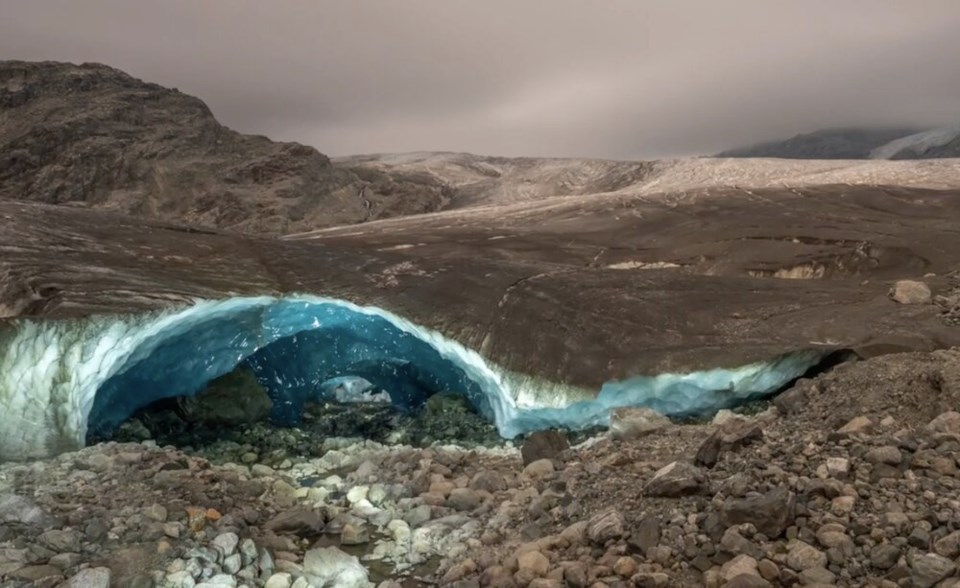
Washer said he worries for his business and is actively trying to come up with plans for mountain locations to explore that don’t rely on ice.
“Clearly, it’s having impacts already,” he said. “Back in the old days, the winter product was ski resorts. Well, no one designs ski resorts anymore, they design all-weather resorts.”
Washer said he also worries about what the disappearance of glaciers will mean for myriad other environmental and economic activities downstream — including fisheries and the people who rely on them.
Adapting to an unavoidable future
The full picture of melting ice in B.C. is not clear. Part of the reason is a question of scale — there are around 16,000 glaciers spread out across 20,000 square kilometres of terrain in B.C.
There are also unanswered questions around how glaciers are being darkened by wildfire smoke or the concentration of rock and debris as they melt, said UNBC’s Menounos. As glaciers absorb more sunlight, they might be melting faster, he said.
What is clear is that southern B.C.’s glaciers have seen a rapid increase in melting in recent years as more precipitation falls as rain in the mountains, Menounos’s own research suggests.
“It’s no longer a question of whether these glaciers are going to melt,” he said. “It’s not a good news story. So we should be thinking collectively about what do we do when those glaciers are gone.”
The recent rapid melting of some of B.C.’s glaciers is on display in Garibaldi Park, where the Wedgemount glacier has receded more than 700 metres since 1973, when a monitoring program began.
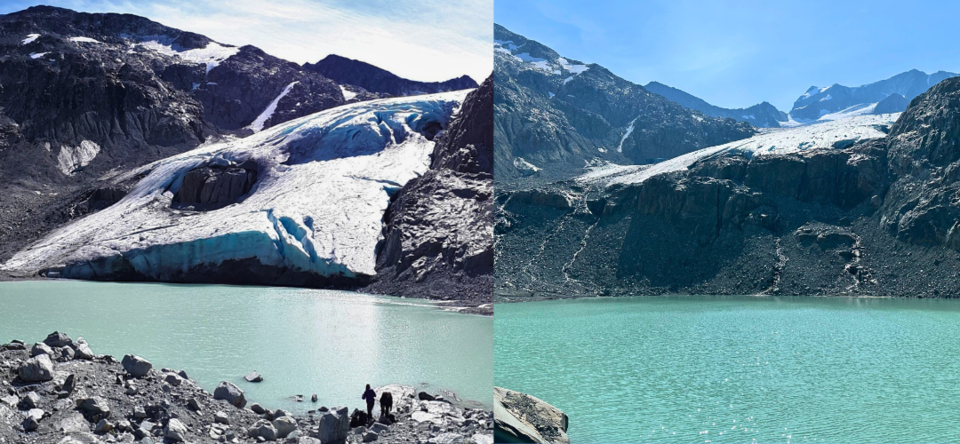
Between 2023 and 2024, the glacier saw a continued average horizontal recession of 13.4 metres. As it has receded, the glacier has also thinned, dropping more than 14 metres in height near the toe — right where meltwater has formed a four-hectare lake starting in 2006, according to data collected by Whistler Naturalists.
Such rapid melting is going to force people to confront a stark reality, said Menounos. He pointed to Switzerland, where the mountainous country has experimented with damming high-altitude lakes or covering glaciers with tarps to protect them from the sun. In both cases, the idea is to preserve alpine moisture so it’s available at lower elevations throughout the hottest times of year.
Where and how that happens in B.C. should be questions first put to First Nations, Menounos said.
“It’s not economically possible to do this for the whole province, but maybe for some of the most threatened systems,” he said. “Those are the sorts of things society needs to start thinking about. We have to start preparing and adapting.”



